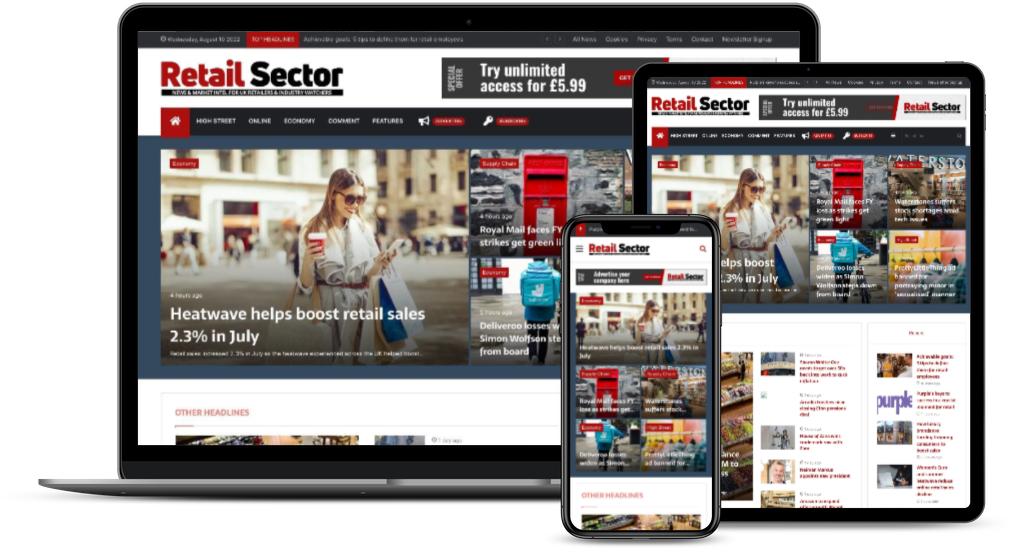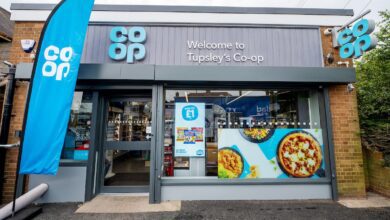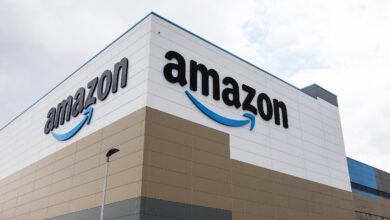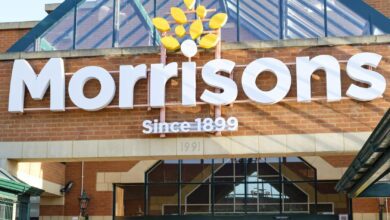Does in-store technology provide the answers for retailers?

Like many other industries, retail has experienced rapid changes due to evolving innovation in technology. Customer expectations have changed too, and traditional bricks-and-mortar retailers are now expected to integrate all these technological advances into their core shopping experience.







